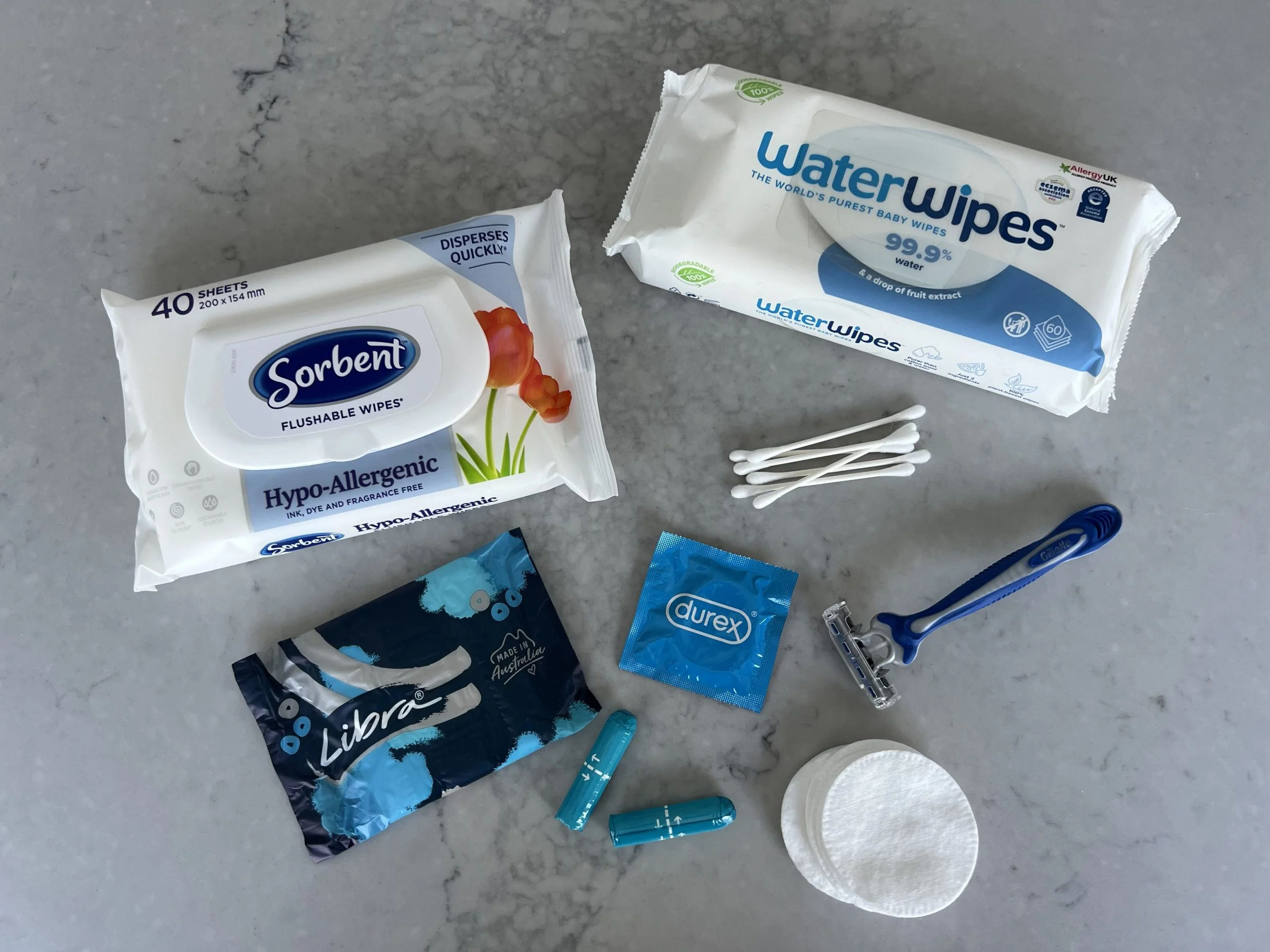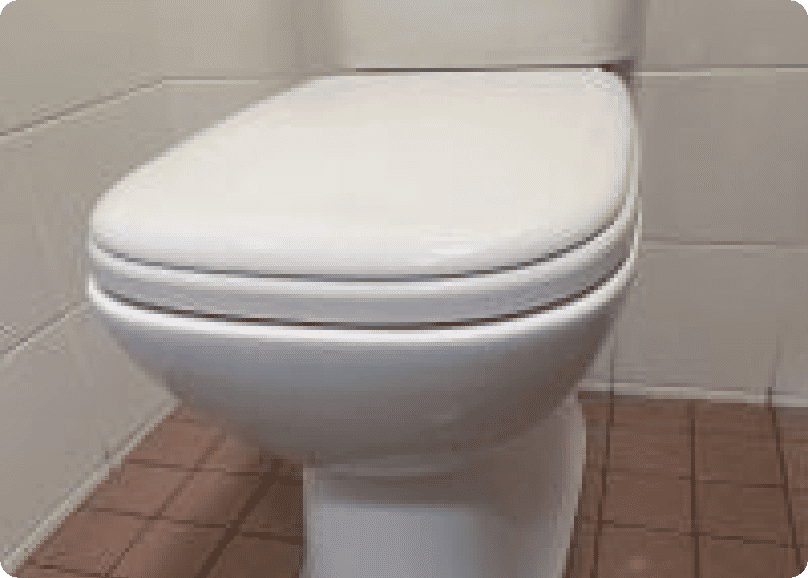How To Winter-Proof Your Plumbing
- William Demirdonder
- Apr 13, 2022
- No comments
- 15-minute read

Winter in the Eastern Suburbs can present some unique plumbing issues. It can be very cold and wet, which is why keeping your hot water heater in prime condition is a necessity!
After a long rain season (thanks to our La Nina Summer) it can also be the time any potential plumbing issues rise to the surface.
At Proximity Plumbing, we believe in preventative plumbing and regular plumbing maintenance so that you can protect your asset and avoid unnecessary (and costly) emergencies. So, we’ve put together some tips on how to Winter-Proof your plumbing.
[Take notes and be mindful that if you’re ever questioning your DIY methods or ability, it’s best to call in the pros and have an expert plumber inspect your plumbing system. We offer $0 call out fees and our entire team is based in the east – meaning, we’re never too far away. If you’d like to schedule a routine plumbing maintenance appointment, please call our team now on 0420 102 394.]
When your home’s gutters are clear from debris and functioning well, water flows efficiently away from the property, preventing any kind of water damage. A clean and clear gutter is your best prevention against gutters failing in any Winter storms or downpours. A clean and clear gutter also helps prevent any unnecessary water drainage issues for your home or garden. So hop on the roof (safely) and clear those gutters, or book our team in for a gutter maintenance appointment. Read here to learn more about the benefits of keeping your gutters clean.
Winter is not the time to experience a busted hot water heater! There are a few things you can do yourself to inspect your tank and troubleshoot any major issues. It will most likely take you all of 30 minutes to inspect your tank heater and ensure that baby is Winter-ready. Here’s an article we’ve written all about inspecting your hot water tank heater.And we have more coming up on that further in this article.
If you have a drain that takes a long time to empty or a smelly drain somewhere in the house it’s best to deal with it NOW and make sure the blockage is cleared. Winter can see pipes get a little “temperamental” in the cold air and ensuring your plumbing system is free from blockages; water is flowing freely and draining properly, will mean you save money down the track by avoiding an emergency plumbing issue!
For a safe and effective method of clearing a clogged drain you can use the natural solution of bi-carb, vinegar and water.
When you’re up clearing the gutters, check the roof for any signs of leaks and damage. Roof leaks can be a tricky one because you may not know you have a roof leak!
[As part of any routine plumbing maintenance appointment with Proximity Plumbing, we’ll assess any roof leaks you may have and provide you with solutions to fix that leak.]
Meanwhile, if you know you have a leak in your roof and it’s been on the to-do list for months, now is the time to get to fixing it. Winter storms and downpours can catch us all off guard and a leaky roof can cause all sorts of nasty damage if it’s not fixed.
Many Eastern Suburbs properties are now fitted with gas appliances including hot water systems, ovens, range tops, fireplaces, outdoor barbecues, and swimming pool heaters. Gas heaters need to be regularly checked for any leaks or faults because when they’re faulty it can be extremely dangerous!
Take a walk around the property and physically inspect the downpipes and any pipes connected to your landscaping, irrigation, or garden watering system. Whilst these pipes have been working hard for you over Summer and Autumn, Winter is the perfect time to make sure they’re all looking good, without any visible cracks or breaks.
After a wet, humid summer, now is the time to inspect your home for mould. If you find any, even small spores you must clear and clean them to allow your home to dry out and be free from mould over Winter. As we tend to keep doors and windows closed more during Winter (to keep the heat in) it’s prime time for mould to breed. The best way to tackle mould in your home is to read this article first. Please know how dangerous mould can be to yours and your family’s health if left untreated. Please contact a professional mould clearing business if you have significant mould growth in your home.
We don’t appreciate how valuable and luxurious hot water truly is, until we don’t have it. As we come into the cooler months it’s best to carry out an inspection on your hot water heater NOW. Here are some things you can do yourself:
Basically, if the temperature or pressure builds up too much inside your hot water tank, it can cause leaks, shorten the life of your heater and possibly explode (worst case scenario).
The temperature and pressure relief (TPR) valve are designed to automatically open and release excess pressure.
To check this value make sure you shut off the water and power supply to your property before placing a bucket under the drain pipe connected to the valve. Lift the tab attached to the valve and allow some water to escape, then, close it again. If little or no water comes out when the valve is open, or if water continues to run after it has been closed, the valve most likely needs replacing.
There is a magnesium or aluminium rod inside your tank which helps to protect against rust. Essentially the rod attracts corrosive elements in water so that it rusts before the tanks rusts!
These rods typically last 3 – 5 years and you do need to replace the rod once it’s rusted to make sure the tank doesn’t start to rust. To check the rod, make sure the power and water supply are off, then unscrew the rod’s hex head located on the top of the tank with a 1 1⁄16-inch socket. Pull the rod out of the tank (this could take a bit of muscle). If it’s down to ½” in diameter or less, replace it with a new one – which can be purchased at most hardware stores).
Do you know what lies at the bottom of your hot water tank? Like the bottom of the ocean – sediment and sand can accumulate, making it more difficult for the system to heat the water. The harder your heater has to work, the shorter the life span!
You can flush the tank by attaching a hose to the drain valve located near the bottom of the tank. Place the other end of the hose in a floor drain or somewhere outside your property. With the water supply turned off and the power shut off (or the thermostat set to pilot for gas models) open the drain valve.
Once the tank is empty, briefly turn the water supply back on to stir up the sediment at the bottom and allow it to drain. You can repeat the process until the water runs clear. Voila – you have successfully flushed the tank! Aim to repeat this process 1 – 2 times per year.
To prevent unnecessary heat loss and reduce your water heating costs this winter, you may want to insulate your tank and pipes. You can find foil insulating blankets at most home improvement stores.
Cut it to fit around the pipes, valves, and thermostat on your heater. Wrap the blanket around the walls of the tank, sealing it using foil tape. The top of gas water heaters should not be covered, but electric models can be capped with an oversized round piece of blanket taped down to the sides of the tank.
Did you know you can save as much as 5% on your energy bill for every 10 degrees difference on your thermostat? Adjusting the thermostat can also prevent scalding and ensure that you have a nice hot shower, every time. The recommended temperature is 120 degrees Fahrenheit (49 degrees Celsius) for hot water tanks.
As many homes around the eastern suburbs suffer from pipe collapsing and chronically blocked pipes (thanks to tree roots taking up residence and bursting them from within) now is the time to investigate your pipes. As Winter approaches and trees slow down their growth and your plumber can get a decent look into your pipe network with CCTV pipe camera. You’d be surprised at the extensive network of tree roots which can develop over a few months of spring and summer as the trees feast on the nutrient-rich water and waste in your pipes!
If you have a known tree root issue in your pipes and need a routine clean and clearing of the roots in your pipes, now is the time to do it.
If you observe that several drains in your property are becoming easily blocked, clogged, noisy (making strange gurgling sounds) or draining slowly, this could be a sign of a tree root infestation.
Another significant sign that the tree roots have penetrated the plumbing pipes is the presence of random green, fertile and sporadic patches on your lawn. If specific areas of the lawn in your property are thriving for no apparent reason, or have appeared quickly over Summer, it could be due to the presence of a cracked or damaged plumbing pipe underneath.
Regular toilet backups or clogs can also be indicative of sewer pipes infested with tree roots. When tree roots end up infiltrating the sewer pipes, they can obstruct other items like wet wipes and toilet paper. As more debris continues getting caught up in the tree roots, the clog keeps on getting worse. This results in frequent sewage backups as you flush your toilet.
With all the recent rain it’s hard to tell what is a soggy patch from the rain, and what is a soggy patch from a possible burst pipe or pipe blocked with tree roots. Once the pipes become too full of tree roots, they can crack the pipes. It allows water to leak out across the surrounding soil. With time, the leaks will continue eroding the soil near the pipe system. This results in the formation of soft spots in the soil.
If you know there is an issue somewhere in your pipe system or you’ve been looking to upgrade your water-heavy appliances (like your dishwasher or washing machine) coming into Winter is the time to do it.
Taking a proactive approach to upgrading your plumbing appliances or pipes will likely mean you forgo the emergency and stay on top of your home’s plumbing system. Like all things, over time, your home’s plumbing system will become compromised in some areas. Knowing the age and condition of your appliances, and your pipes will help you in staying on top of their maintenance.
By keeping in mind the tips in this article, you are keeping your property in the best possible place to get through Winter without any major plumbing emergencies (hopefully).
We believe in proactive, plumbing prevention. For our expert help in having your home’s plumbing ready to take on Winter, call us today on 0420 102 394 for a free quote. Plus we guarantee to be on-site within the eastern suburbs in 30 minutes.
Understanding your home insurance and what you are covered for when it comes to plumbing can be overwhelming. Do you have cover if the land mower of your neighbour damages part of your pipeline?....
Read MoreFatbergs are created when you flush down wet wipes or “flushable” wipes down the toilet and they get caught up in your pipes with a combination of any oils, fats or grease poured down the ....
Read MoreImagine you’re in the midst of a plumbing emergency (we’ve all been there) and you desperately need an ace plumber on your door step. We doubt in the middle of a plumbing emergency you&rs....
Read MoreIrrespective of how hard you try, sometimes a toilet or bathroom clog is unavoidable. Whatever might be the reason for the clog, you need to clear the same. When you wish to fix the problem, a plunger....
Read More



Leave a Reply
Your email address will not be published. Required fields are marked *